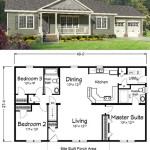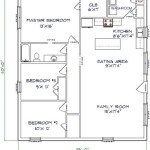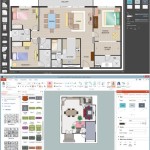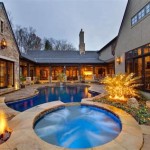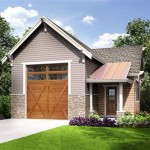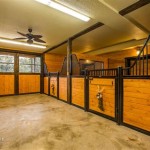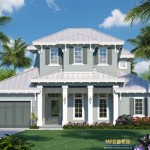Very Small House Design Plans: Embracing Compact Living
The minimalist movement, with its focus on decluttering and simplifying, has found a cozy and practical home in the world of small house design. Very small homes, often referred to as tiny homes, are gaining popularity as people seek alternative living solutions that prioritize affordability, sustainability, and a simpler lifestyle. These homes, ranging in size from under 100 square feet to around 400 square feet, challenge conventional notions of what constitutes a home.
Designing a very small house requires a keen understanding of space optimization and functionality. Every inch must be carefully considered, and creative solutions are often employed to maximize living space without compromising comfort or style. The appeal of these homes extends beyond their compact size, encompassing a range of benefits that resonate with individuals and families seeking a change in their living paradigm.
Benefits of Very Small House Design
Embracing a very small house design offers several appealing advantages. Perhaps the most immediate benefit is the potential for significant cost savings. The reduced construction materials and land requirements result in lower building costs. Furthermore, the reduced square footage translates to lower utility bills, further contributing to financial savings.
Environmental consciousness is another driving force behind the popularity of small homes. The minimized footprint of these structures reduces the environmental impact associated with resource consumption and energy use. The compact nature of very small homes encourages a more sustainable lifestyle, emphasizing responsible use of resources and minimizing waste.
Beyond financial and environmental benefits, very small houses can enhance a sense of community. The smaller size often translates to a more intimate living experience, fostering closer relationships with roommates or family members. This can lead to a sense of belonging and shared responsibility, creating a more fulfilling living environment.
Key Design Considerations for Very Small Houses
Designing an efficient and comfortable very small house requires a strategic approach. Several key considerations guide the design process, ensuring a harmonious balance between functionality and aesthetic appeal.
1. Maximizing Space:
Space optimization is paramount in very small house design. Every square foot must be utilized efficiently, leaving no room for wasted areas. This involves incorporating clever design elements such as:
- Multi-functional furniture: Furniture that serves multiple purposes, like a sofa bed or a dining table that converts into a desk, maximizes space utilization.
- Vertical storage: Utilizing the vertical space with shelves, cabinets, and wall-mounted storage systems allows for efficient storage without sacrificing floor space.
- Built-in features: Integrating storage units, desks, and other amenities into the walls of the house creates a seamless and space-saving solution.
These design strategies ensure that every area within the house serves a practical purpose, maximizing the usable space available.
2. Open Layout:
An open layout, where walls are minimized and spaces flow seamlessly into one another, is a hallmark of very small home design. The absence of unnecessary partitions creates a sense of spaciousness and fosters a more intimate and connected living environment.
The open concept allows for natural light to permeate the entire space, amplifying the feeling of openness. Additionally, the lack of visual barriers creates the illusion of larger space, enhancing the overall sense of comfort and well-being.
3. Prioritizing Natural Lighting:
Maximizing natural light is crucial in very small homes. Large windows and strategic placement of skylights allow natural light to flood the interior, creating a brighter and more inviting atmosphere. The use of light-colored surfaces and materials further enhances the flow of natural light, creating a more spacious and airy feeling.
Beyond aesthetics, natural light plays a significant role in mental and physical health. Abundant natural light promotes a sense of well-being and can improve sleep patterns, creating a more positive and balanced living environment.

Tiny House Floor Plans With Lower Level Beds Tinyhousedesign

Beautiful Tiny House Plan Ideas For Your Inspiration

Tiny House Plan Examples

Small House Design Plans 5x7 With One Bedroom Hip Roof Tiny

Small House Plans Simple Floor Cool

Small House Designs Shd 2024001 Pinoy Eplans

Tiny House Plan Examples

Small Home Design Live 3d

Small House Design With Floor Plan 6 X M

4 Free Tiny House Floor Plans And Designs You Can Follow Realestate Com Au

